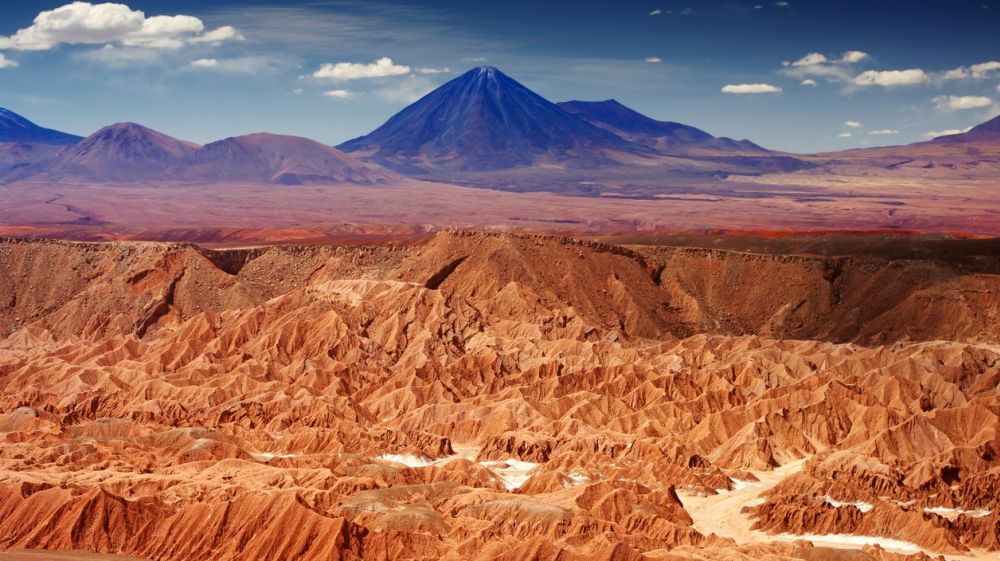
Bacterial community found in one of the hostile regions of Earth raises hopes of life on Mars
Exploring Mars and colonizing it has become the most important mission of many space agencies. Many scientists are searching for life on Mars and they want to know whether the Red Planet is habitable or not. Now, a recent study has revealed that bacteria can survive in one of the most hostile places on Earth.
The scientists related to the study discovered microbes in Chile’s Atacama Desert which is one of the driest and most inhospitable places on Earth. Scientists say that if the bacteria can survive in Atacama then it can survive on Mars thus giving hopes of possibility of life on the red planet. The soil of the Atacama Desert is believed to be having similar properties like that of the soil found on Mars. The bacteria found in Atacama Desert can survive for a decade without water.
Previous studies suggested that the microbes present in this remote region came from transient microbes. But the latest study confirmed that the bacteria actually live in the inhospitable Atacama region. Julie Neilson, an environmental microbiologist at the University of Arizona in Tucson said that the new study does a good job of justifying that these microbial organisms do live in Atacama Desert and for them, the Atacama is their ecosystem. Atacama Desert has the most extreme drought conditions of the world and has a hyper-arid environment just like Mars. So, if a community of bacteria can survive for long in Atacama, where there is no moisture, then it can be possible that microbial life can exist on the dry and arid Mars.
Dirk Schulze-Makuch, an astrobiologist at the Technical University of Berlin, and his colleagues discovered these bacteria at the core of the Atacama desert where everything is bombarded by dangerous and intense ultraviolet radiation. The scientists found out that the bacteria could not only survive the extreme dry conditions but it could also reproduce. Schulze-Makuch said, “What we’re showing is that there are actually organisms that live there and reproduce, so the area is actually transiently, at least, habitable.” The Atacama Desert is so arid that it only gets around 8 millimeters of rainfall per year. There is almost negligible amount of precipitation leading to little weathering and hence, a crusty layer of salts has formed over the years making the area unfavorable for life. You can drive for 100 kilometers and not see anything like a blade of grass,” Neilson said.
Earlier, the researchers had the notion that the bacteria found in those extreme arid and dry regions were not the actual inhabitants but they were blown in from somewhere. But Dirk Schulze-Makuch was not convinced with that claim. He decided to give his best try to found out whether bacteria found in Atacama desert actually dwell there or not. Schulze-Makuch said, “I like to go to places where people say nothing is alive. We decided to take a shotgun approach and throw all the new analytical approaches at everything-bacteria, Fungi, viruses-that might be there.”
Schulze-Makuch and his team collected samples from eight places in Atacama over a period of three years, starting from outer wetter regions to the desert’s core which is the aridest region. They found out that as they approached the epicenter of the Atacama, bacterial populations became sparse. The researchers did DNA sequencing to study the genomes of the bacteria and found out that a bacterial community actually resides in those dry and arid regions of Atacama.


